Zaha Hadid Architects’ spaceship-like Shenzhen Science and Technology Museum is now open
Last week, ZHA announced the opening of its latest project: a museum in Shenzhen, China, dedicated to the power of technological advancements. It was only fitting, therefore, that the building design should embrace innovation

The newly opened Shenzhen Science and Technology Museum, designed by Zaha Hadid Architects, is located in the Greater Bay Area of the Guangming District of Shenzhen, the world’s largest metropolitan region with a population of 100 million. The museum will showcase scientific advancements, research and technologies across 35,000 sq m of exhibition halls and galleries, as well as theatres, cinemas, laboratories, educational facilities and an innovation centre.
An institution whose aim is to solidify Shenzhen's role as a leader in technological development should look the part: ZHA, the architecture firm behind some of the most futuristic-looking buildings in the world, has created a design that is both striking and advanced.
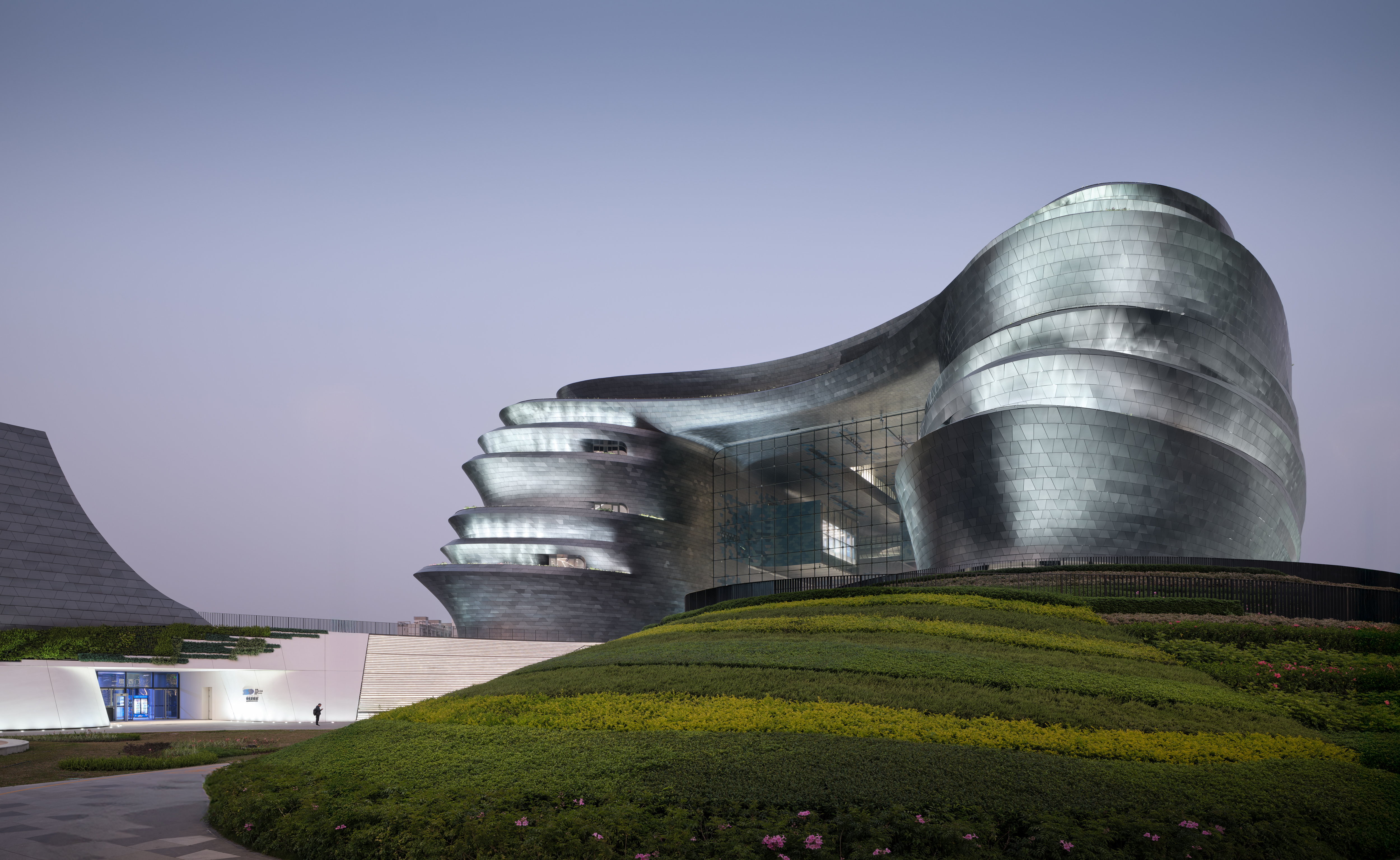
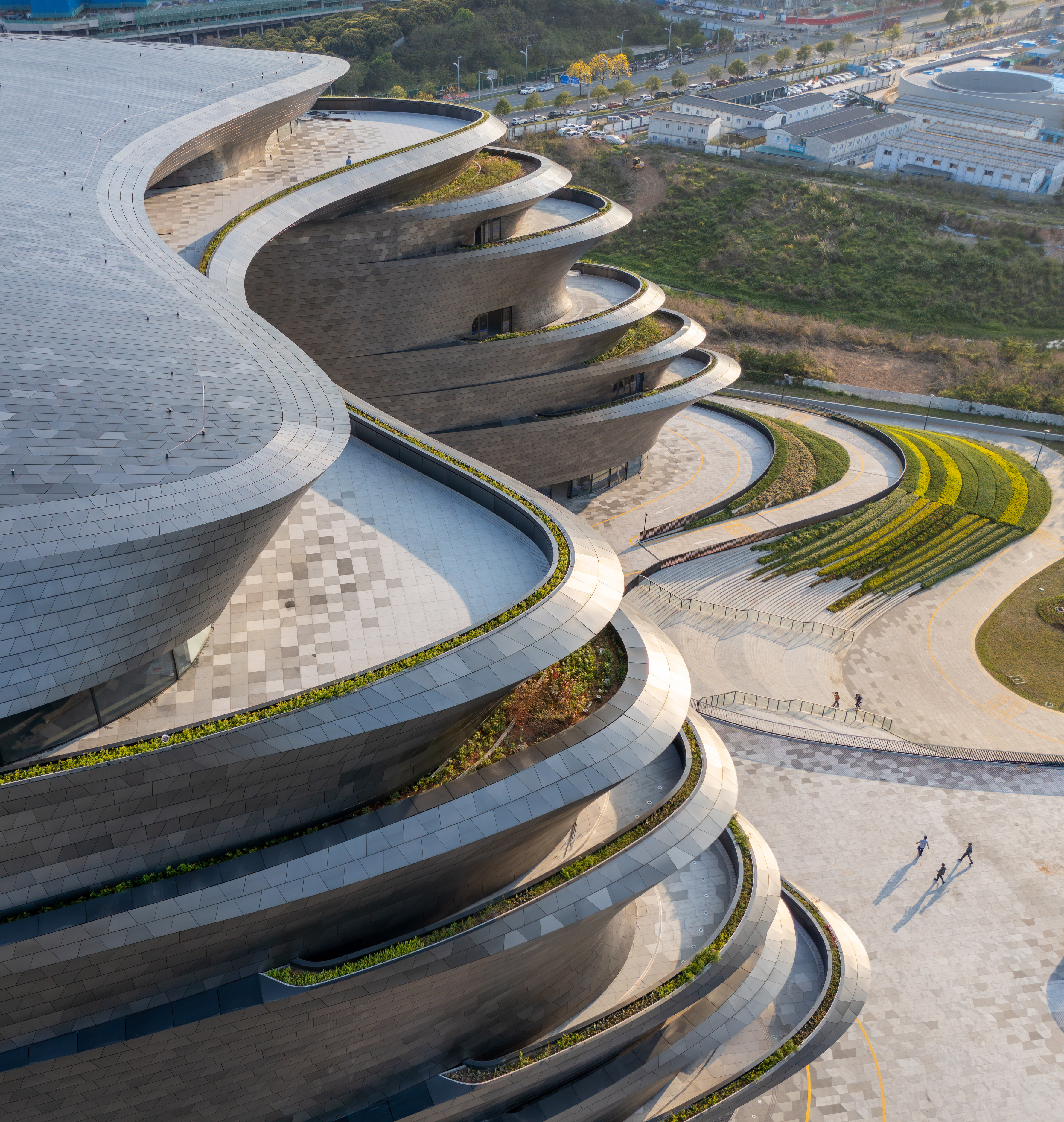
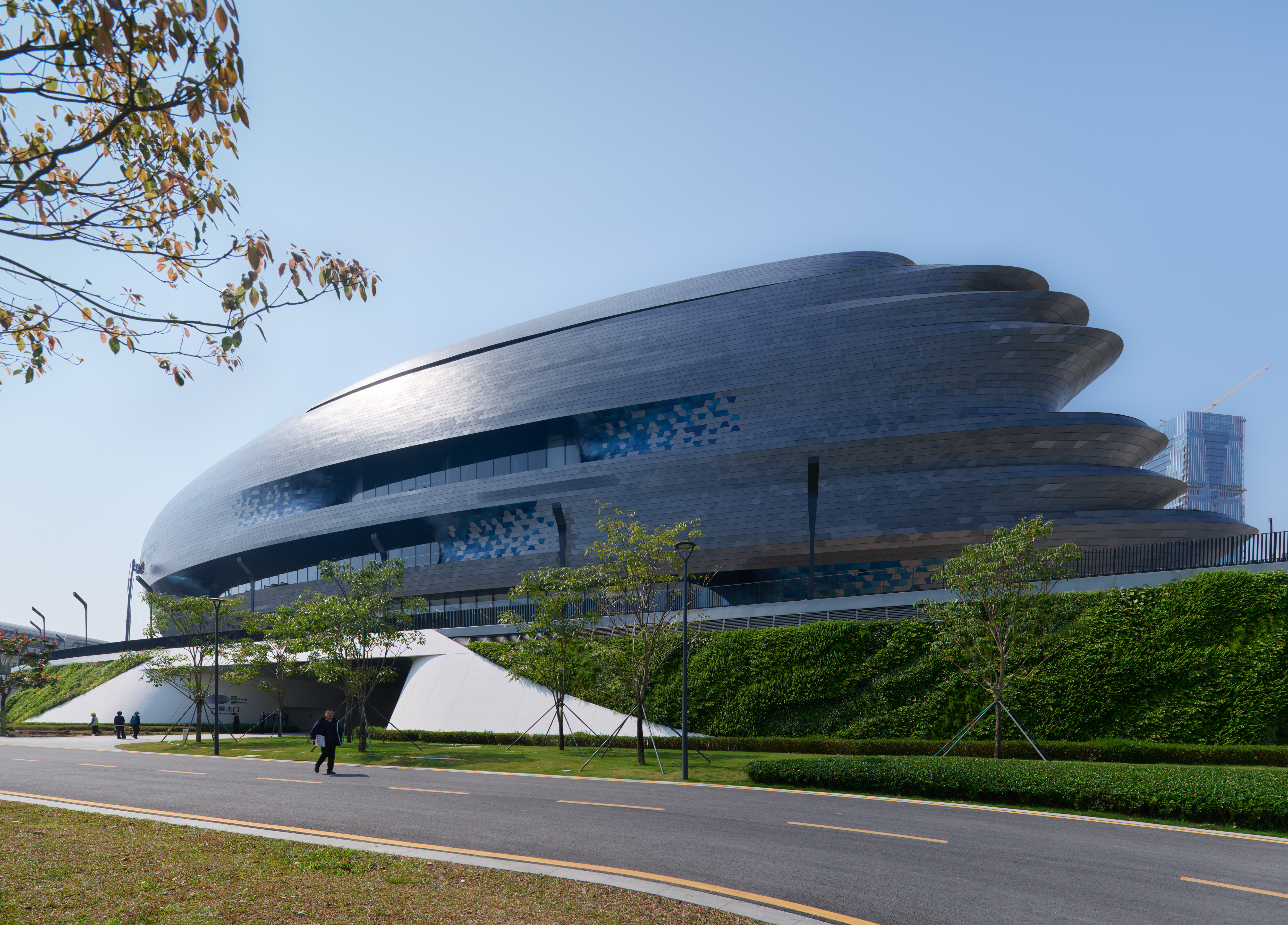
The 28,276 sq m museum looks like a spaceship, with a solid spherical volume which transitions into a series of outdoor terraces as it extends westward into the new Science Park. These serve as extensions of the interior galleries, which emerge from the floor and walls of a grand central atrium, while other spaces float above. The atrium serves as a focal point for the building, featuring a large glazed wall looking out to the park, which allows for natural light to pour in and views of the landscape.
The construction of the Shenzhen Science & Technology Museum pushed the boundaries of modern architecture. For example, the façade features dual-colour INCO technology, which creates the appearance of a celestial-feeling blue-to-grey gradient without paint.

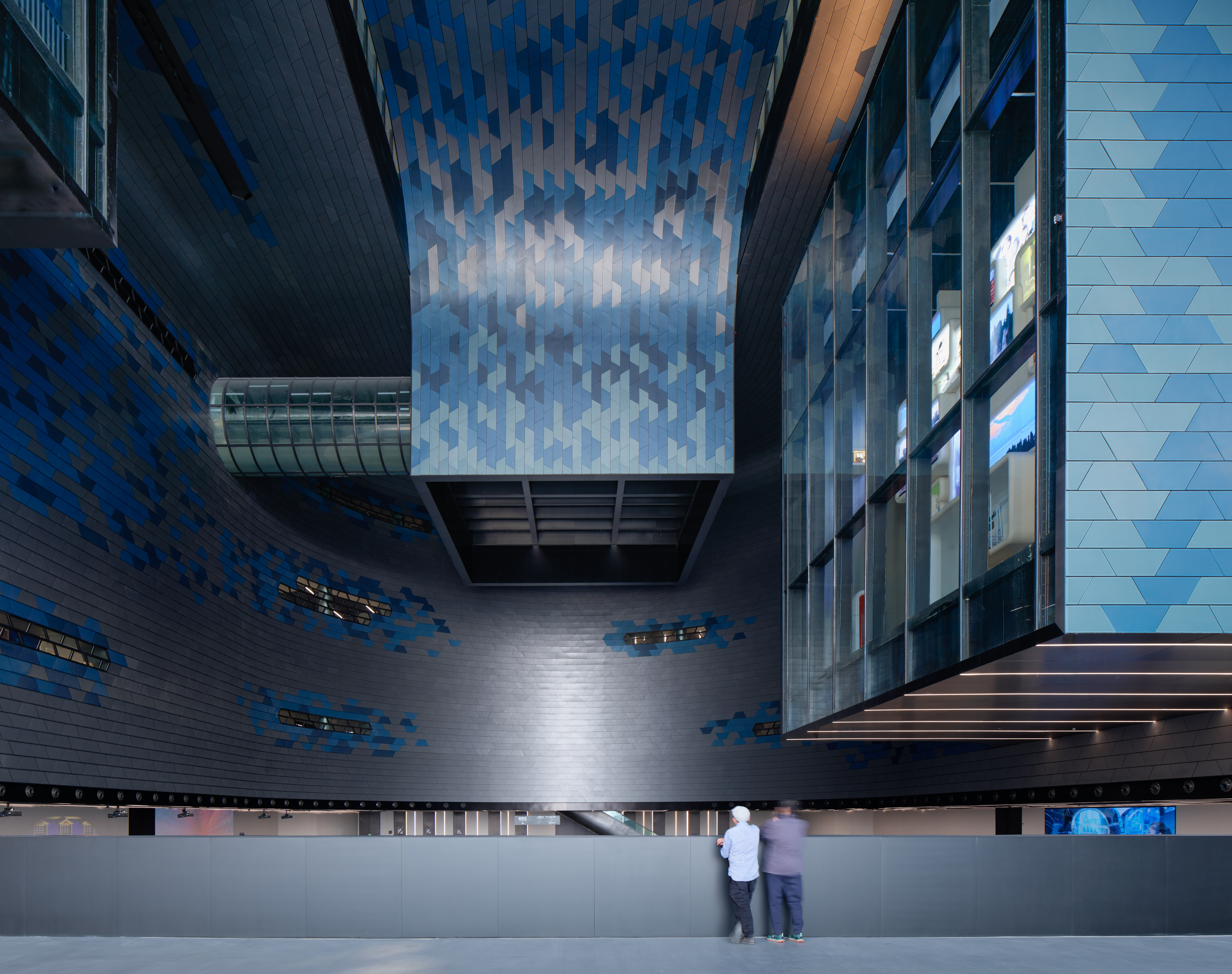
The building is also sustainability-focused. ZHA used computer simulations to optimise the building's performance for Shenzhen's subtropical climate: the result is the use of passive environmental strategies such as orientating the building in a way that minimises solar heat gain in the atrium, or having terraces on each floor to shield the facade from direct sunlight.
Elsewhere, a system of stainless-steel panels creates a ventilated cavity between the facade and the external walls, which also incorporate photovoltaics to generate solar energy. The museum’s smart systems should reduce energy consumption significantly, and the building aims for the highest rating of China’s Green Building Evaluation Standard.
Receive our daily digest of inspiration, escapism and design stories from around the world direct to your inbox.
Anna Solomon is Wallpaper’s digital staff writer, working across all of Wallpaper.com’s core pillars. She has a special interest in interiors and curates the weekly spotlight series, The Inside Story. Before joining the team at the start of 2025, she was senior editor at Luxury London Magazine and Luxurylondon.co.uk, where she covered all things lifestyle and interviewed tastemakers such as Jimmy Choo, Michael Kors, Priya Ahluwalia, Zandra Rhodes, and Ellen von Unwerth.
-
 Sculptor Woody De Othello paints a Miami museum red for a show that ‘almost hugs you’
Sculptor Woody De Othello paints a Miami museum red for a show that ‘almost hugs you’The Miami-born, California-based artist opens his first museum exhibition in his hometown as an experiential journey through life and lifeless objects
-
 Alpine A390 GT: French, fast and fun. A sporting EV with a real sense of occasion
Alpine A390 GT: French, fast and fun. A sporting EV with a real sense of occasionAlpine doubles down on its fast electric credentials with the A390 GT, the French performance brand’s largest car to date
-
 Forget smart homes, Doma's 'intelligent' doors open at the sight of a familiar face
Forget smart homes, Doma's 'intelligent' doors open at the sight of a familiar faceYves Béhar and Jason Johnson have founded Doma, a tech start-up dedicated to seamlessly integrating tech into your daily life
-
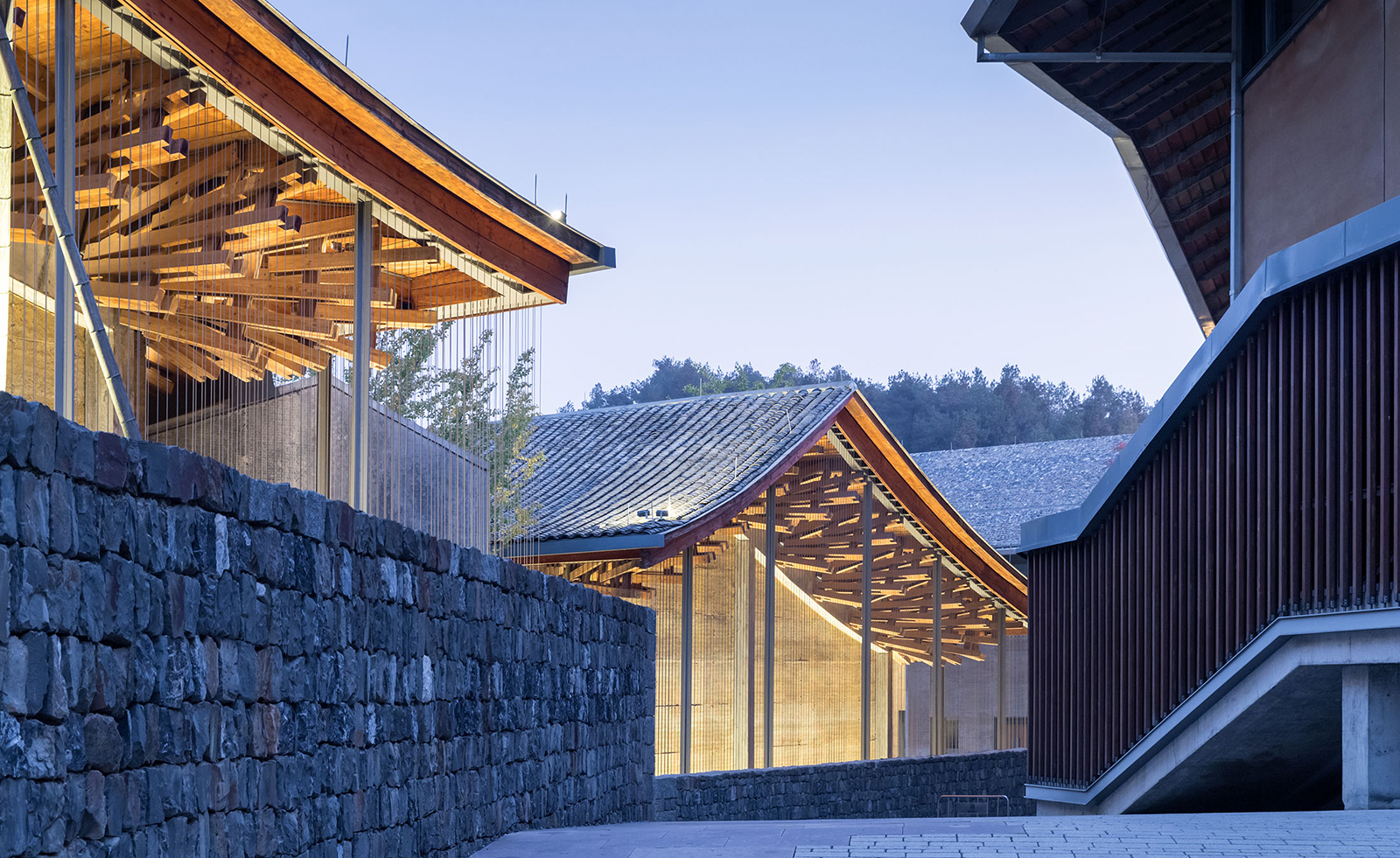 Wang Shu and Lu Wenyu to curate the 2027 Venice Architecture Biennale
Wang Shu and Lu Wenyu to curate the 2027 Venice Architecture BiennaleChinese architects Wang Shu and Lu Wenyu have been revealed as the curators of the 2027 Venice Architecture Biennale
-
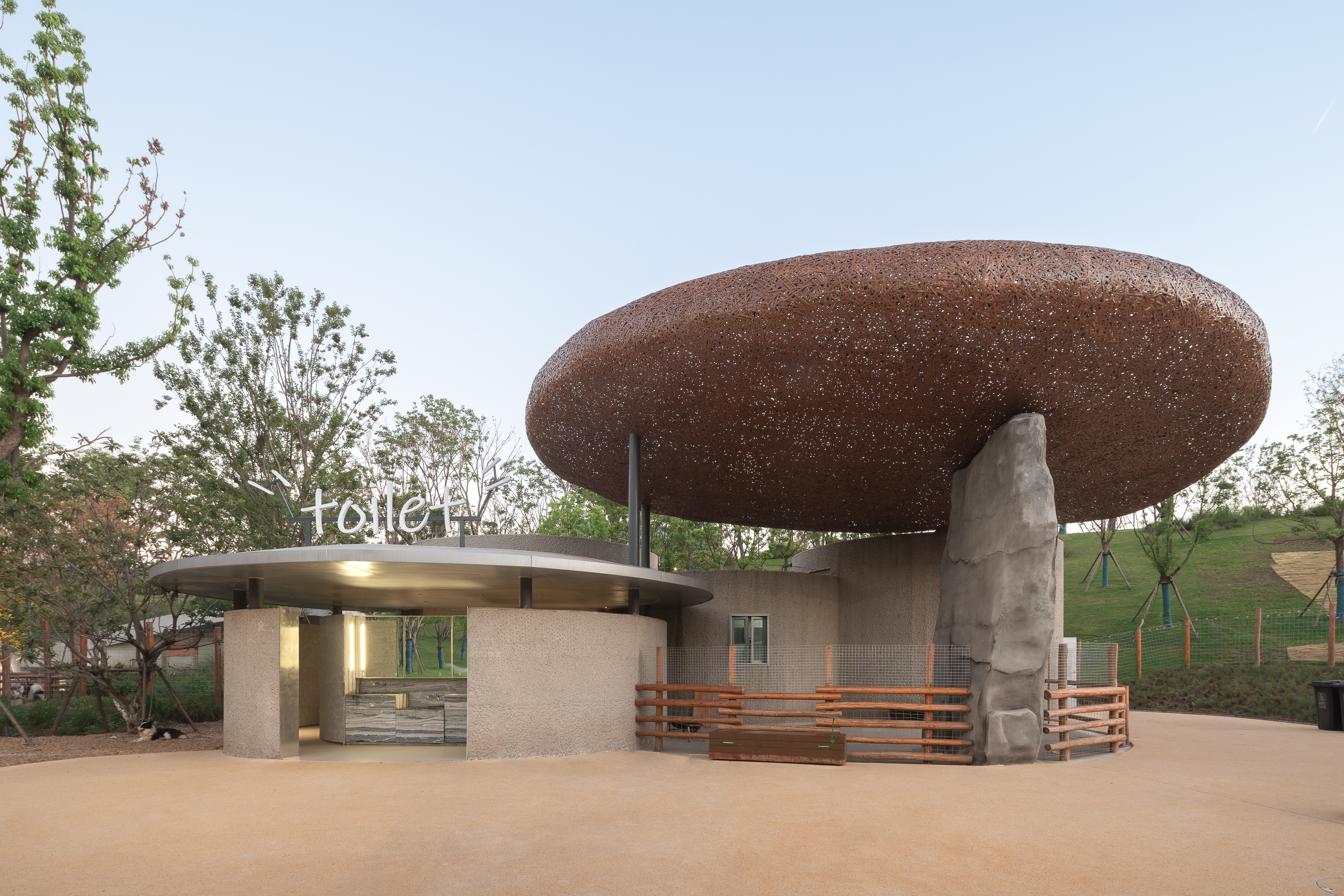 Tour this Chinese eco-farm, an imaginative wonderland connecting visitors with nature
Tour this Chinese eco-farm, an imaginative wonderland connecting visitors with natureLuxeIsland Farm by Various Associates is an eco-farm and visitor attraction in China’s picturesque Wuhan region; take a stroll across its fantastical landscape
-
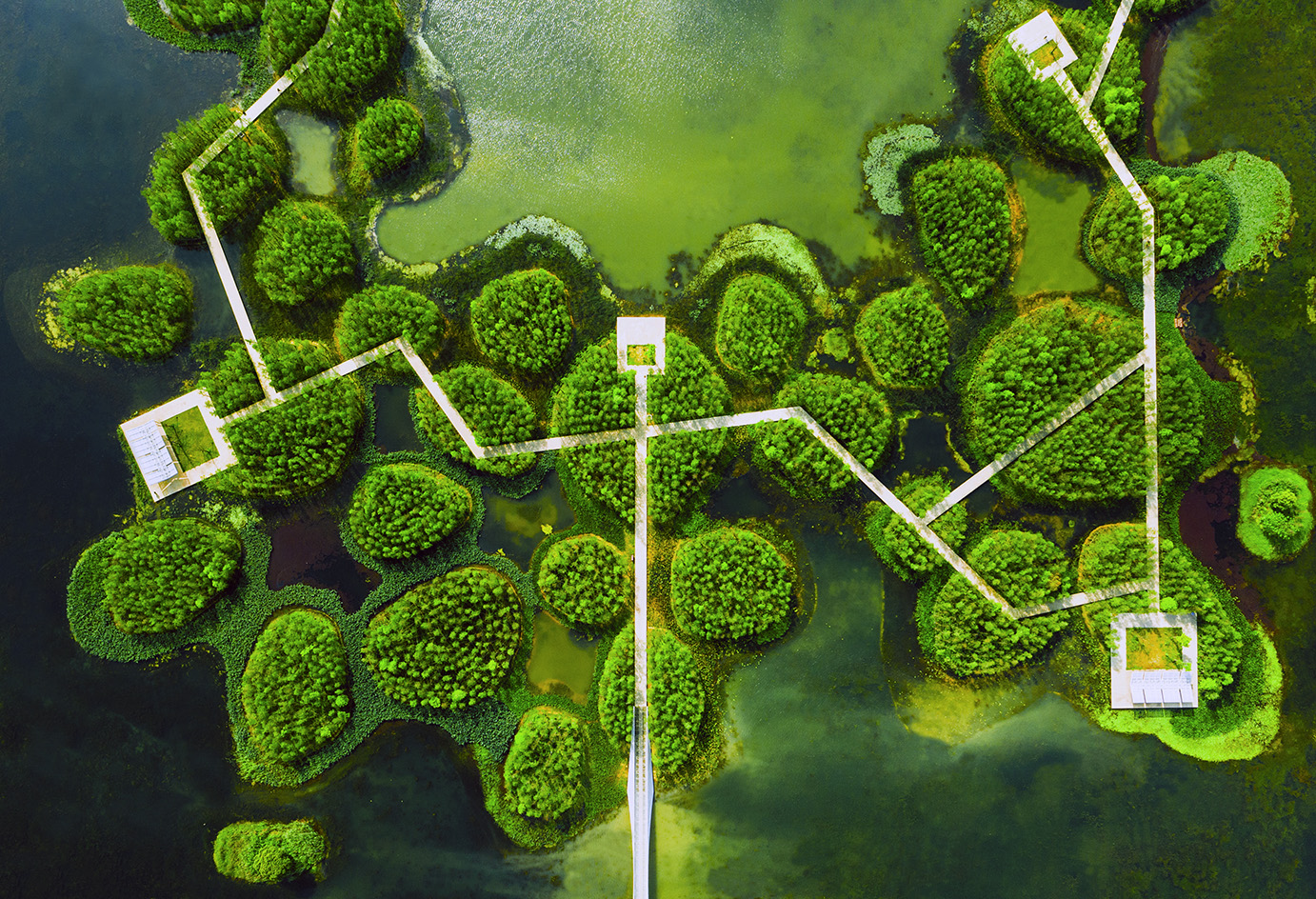 Honouring visionary landscape architect Kongjian Yu (1963-2025)
Honouring visionary landscape architect Kongjian Yu (1963-2025)Kongjian Yu, the renowned landscape architect and founder of Turenscape, has died; we honour the multi-award-winning creative’s life and work
-
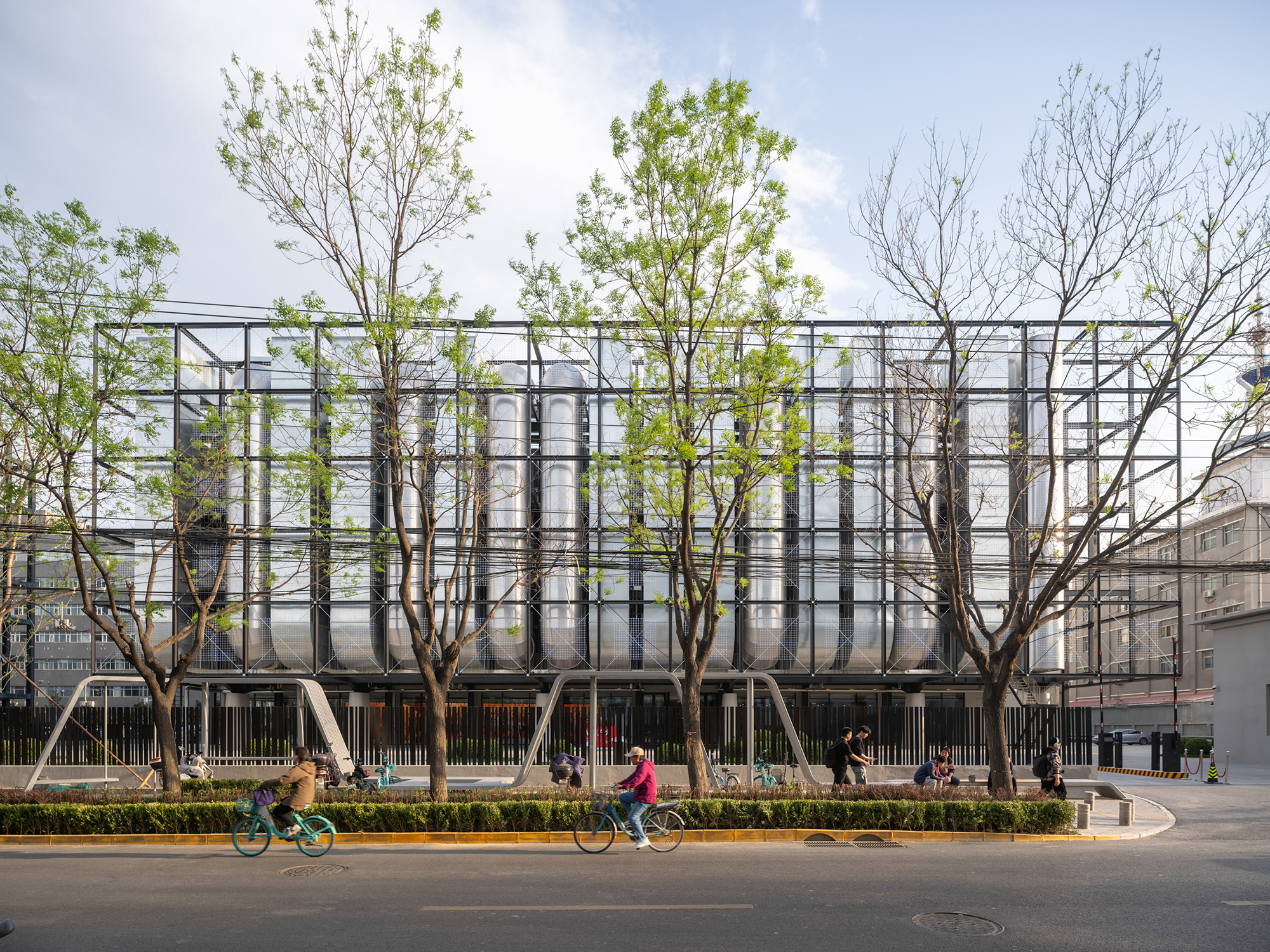 A new AI data centre in Beijing is designed to evolve and adapt, just like the technology within
A new AI data centre in Beijing is designed to evolve and adapt, just like the technology withinSpecialised data centre Spark 761, designed by llLab, is conceived as a physical space where humans and AI technology can coexist
-
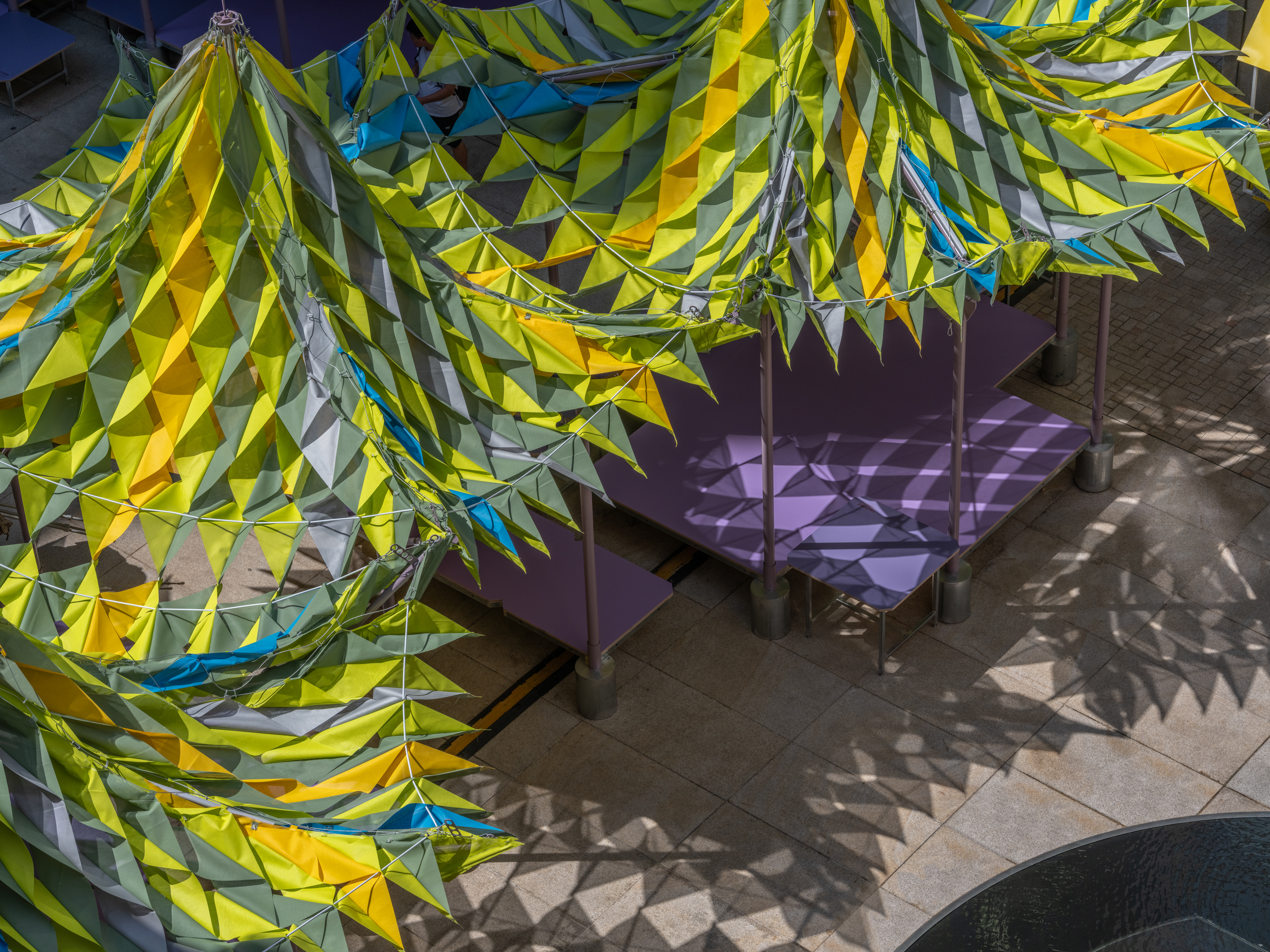 Shanghai’s biennial, RAMa 2025, takes architectural exploration outside
Shanghai’s biennial, RAMa 2025, takes architectural exploration outsideRAMa 2025, the architecture biennial at Rockbund Art Museum in Shanghai, launches, taking visitors on a journey through a historic city neighbourhood – and what it needs
-
 Oystra is ZHA’s sculptural vision for living in the United Arab Emirates
Oystra is ZHA’s sculptural vision for living in the United Arab EmiratesMeet the team translating ZHA’s bold concept for the new development into ‘a community elevated by architecture’ – Dewan Architects + Engineers and developer Richmind
-
 Atelier About Architecture’s ‘house within a house, and garden within a garden’
Atelier About Architecture’s ‘house within a house, and garden within a garden’House J in Beijing, by Atelier About Architecture, is an intricate remodelling complete with a hidden indoor garden and surprising sight lines
-
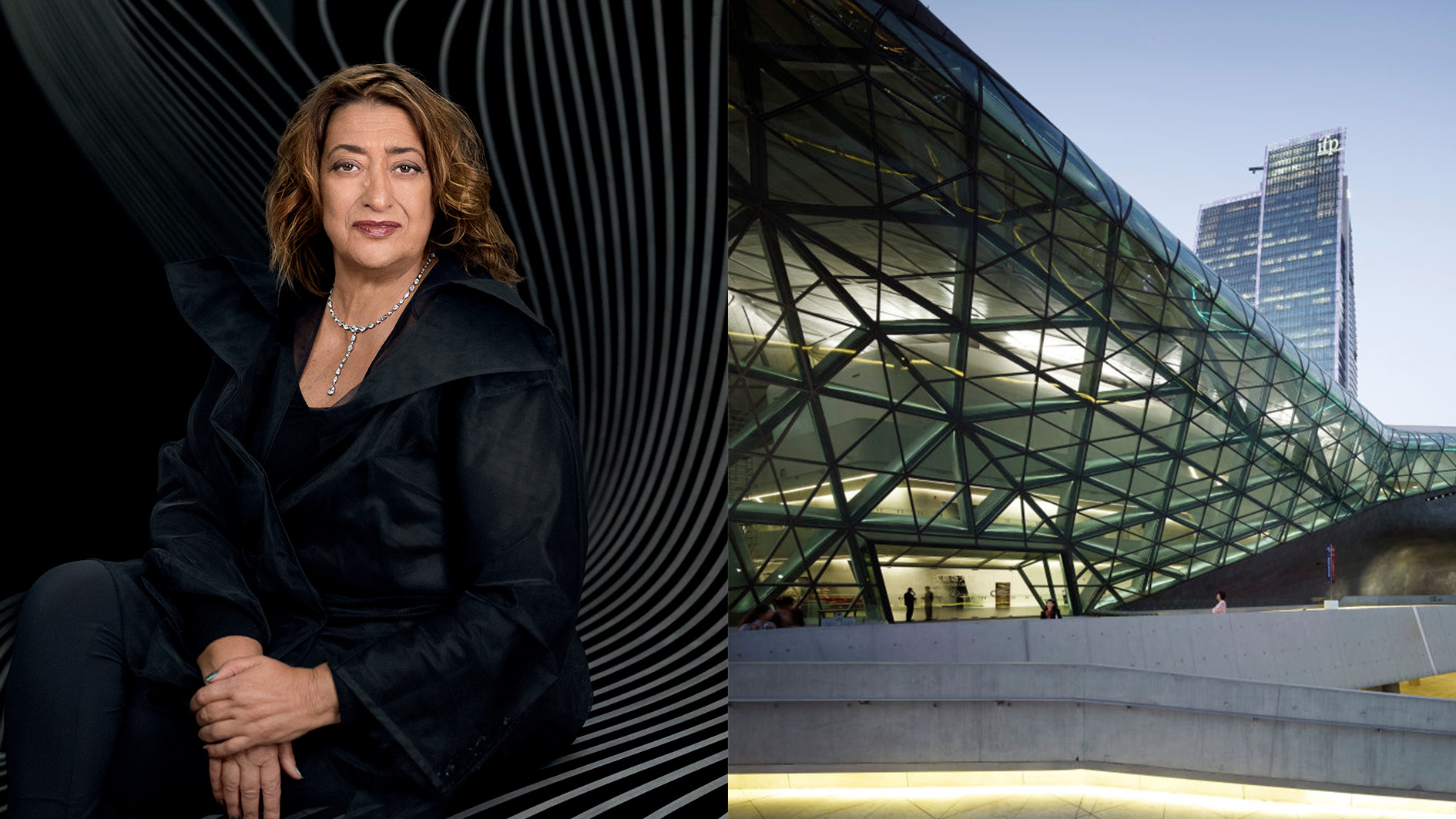 The Zaha Hadid Foundation announces a new programme to support emerging architects
The Zaha Hadid Foundation announces a new programme to support emerging architectsThe Zaha Hadid Scholars Program will fully fund two architecture students per year for the duration of their studies at the American University of Beirut